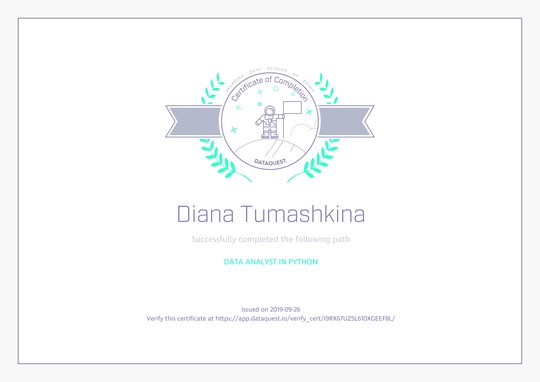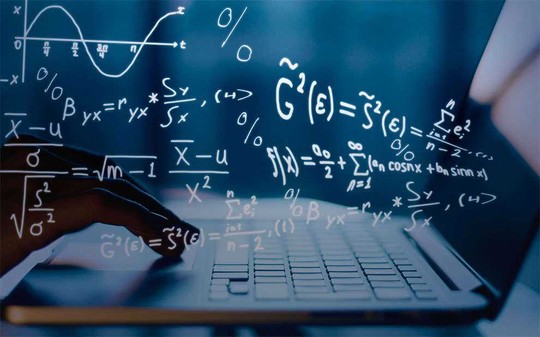Diana Tumashkina
Last year master student at an engineering school in France (EISTI)
École Internationale des Sciences du Traitement de l’Information (EISTI)
About
Interested in Data Analysis, Analytics and Data Science, I am currently a last year master student in the EISTI Master’s program “Quantitative Finance and Risk Management”.
I graduated from the Institute of Applied Mathematics and Cybernetics, I have a master’s degree in “Applied Mathematics and Computer Science” and a bachelor’s degree in “Mathematical Methods in Economics”.
For 5 years I was engaged in mathematical research, as a result of which I have 12 scientific publications in areas of applied probabilistic analysis and queueing theory (3 of them are indexed in Scopus and 1 in Web of Science).
Interests
- Mathematics
- Data Analysis
- Data Analytics
- Data Science
Education
-
Master in Quantitative Finance and Risk Management, 2018-2020
École Internationale des Sciences du Traitement de l’Information (EISTI), France, Cergy
-
Master in Applied Mathematics and Computer Science, 2017-2019
Institute of Applied Mathematics and Computer Science. National Research Tomsk State University, Russia, Tomsk
-
Bachelor in Mathematical Methods in Economics, 2013-2017
Faculty of Applied Mathematics and Cybernetics. National Research Tomsk State University, Russia, Tomsk





